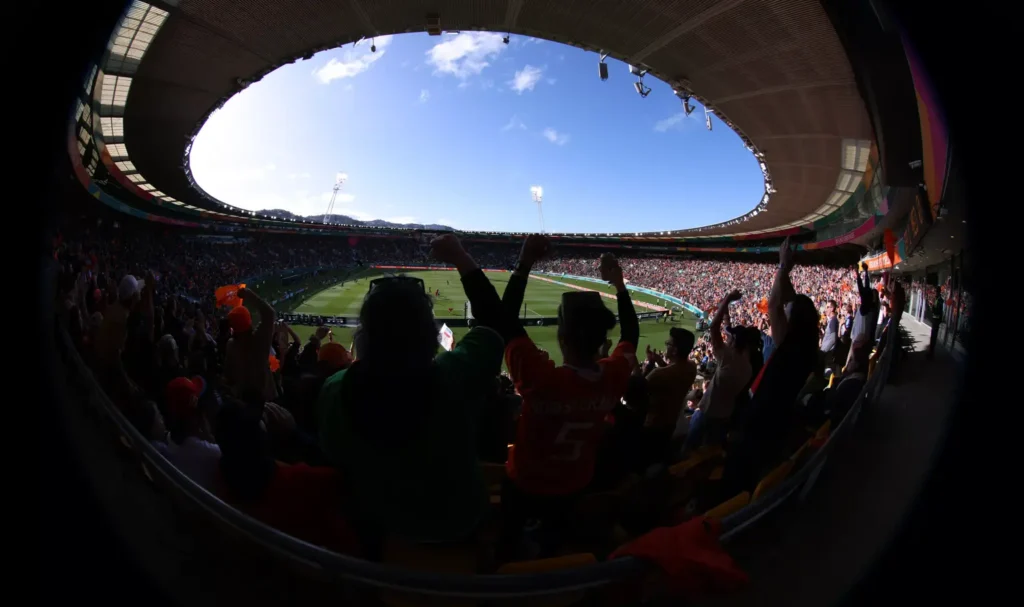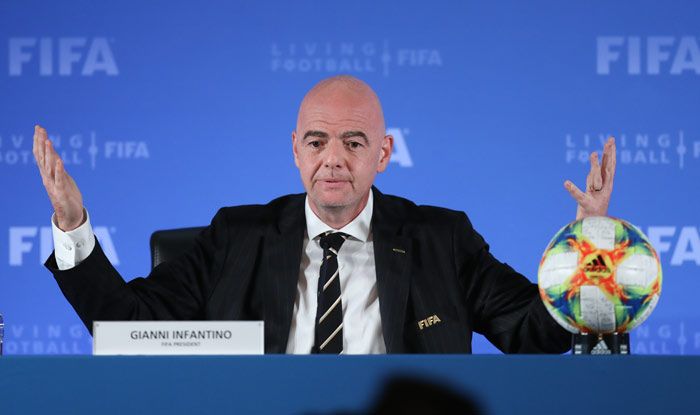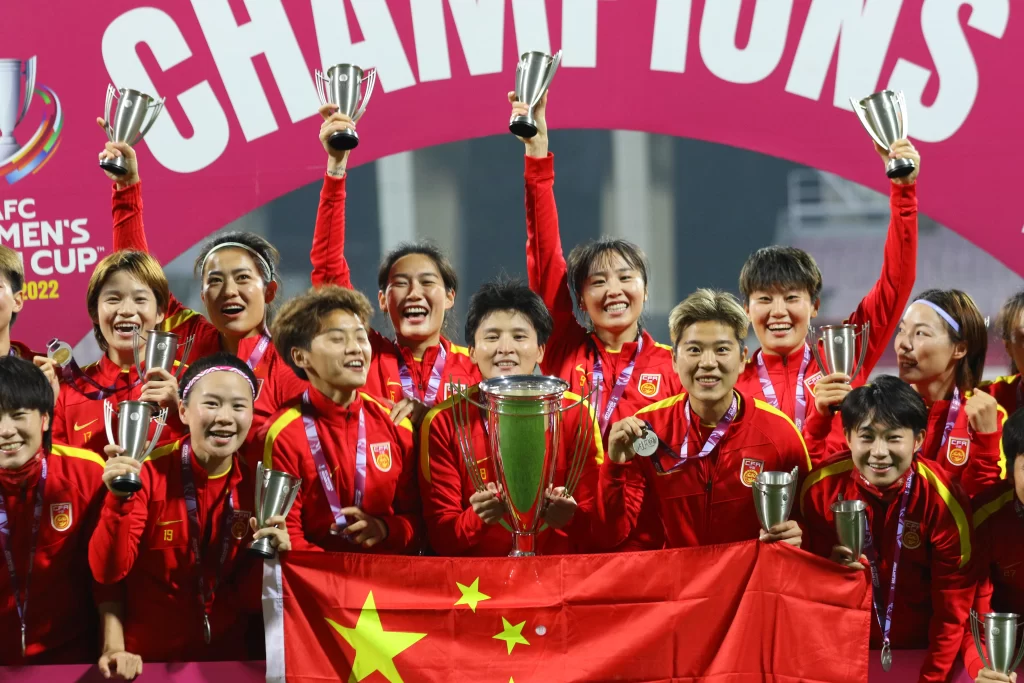Head coach of the Sasol-sponsored Banyana Banyana, Dr Desiree Ellis, has welcomed the expansion of the Women’s World Cup from 32 to 48 team starting with the 2031 tournament, saying it will give more chances to even smaller nations who have the quality but have been struggling to qualify.

In a ground-breaking move, the world football governing body announced on Friday (9 May 2025) that the next edition of the Women’s World Cup, after Brazil 2027, will be bigger and better – in line with the 2026 FIFA World Cup to be held in the USA which has also been increased to 48 participating nations.

“I think the increased participation is really exciting and it obviously mirrors what is happening with the men’s tournament that has also been expanded, and it’s enhancing global representation and also competitiveness. I think there be more matches to play probably the tournament will be extended because of the growth of spots for 2031 and hopefully CAF can get a lot more spots because it’s really important the global growth is important as providing more nations with an opportunity to participate in the World Cup and hopefully that increases the exposure and the investment. There are development opportunities of course for countries with emerging programs, they have a platform to show their talent and obviously to gain experience by playing in a global tournament. I think the participation is great because there will probably be development, and support for all the teams will be really crucial because an increased number of teams and matches, there will be couple of challenges but I’m sure FIFA will sort that out,” said an excited Ellis.
“But I think it’s a great step towards inclusivity for everyone and the growth in woman’s football and while it’s going to be a challenge, I think the benefits for global development of the sport is immense. I am so really excited, it was really tough to qualify for the World Cup in the past and sometimes there were African countries that just missed out because of the few slots that they were and now there are more slots and with the growth on the African continent with so much investment from different countries, it’s going to make it more exciting and more competitive. I want to say FIFA are really taking care of women’s football and making sure that it develops on the global scale and worldwide. The increased expansion is creating opportunities for more countries to go out and showcase their talent and be able to be competitive on the global stage.”

South Africa has previously qualified for back to back editions of 2019 in France and 2023 in Australia and New Zealand when it was more difficult to do so. They are hoping they will make it third time lucky and be part of the festivities in Brazil in two years’ time (2027).
For that to happen, they will have to finish among the top four of the 2026 TotalEnergies CAF Women’s Africa Cup of Nations (WAFCON).
Banyana Banyana are the defending champions at the upcoming continental tournament to be held in Morocco from July.

The 2031 expansion signifies further growth in the women’s game – starting with 12 teams in 1991 in China, with the first increase seen at the 1999 edition in the USA where 16 nations competed.
For the Canada 2015 tournament, eight more teams were added to make it 24 until the previous edition in Australia and New Zealand 2023 where 32 countries battled it out for the trophy.
The 2031 expansion means there will be 12 groups of four, with the top two and eight best third-placed teams progressing to the next phase – the round of 32, and not 16 as was the case in 2023.
A whopping 104 matches will be played, a significant rise from 64, meaning the tournament will have an extra week of action.

“This is not just about having 16 more teams playing in the FIFA Women’s World Cup but taking the next steps in relation to the women’s game in general by ensuring that more FIFA Member Associations have the chance to benefit from the tournament to develop their women’s football structures,” said FIFA President Gianni Infantino in a statement.
“The FIFA Women’s World Cup 2023, the first in which teams from all confederations won at least one game and teams from five confederations reached the knockout stage, among many other records, set a new standard for global competitiveness.”

The 2031 FIFA Women’s World Cup looks set to be hosted by the USA, who are the only bidders for the tournament, marking a historic third event on their soil after 1999 and 2003.
On the other hand, the United Kingdom stands alone as the bidders for the 2035 event.

History of the FIFA Women’s World Cup Participants increase:
1991 – China: 12 teams
Winners: USA
1995 – Sweden: 12 teams
Winners: Norway
1999 – USA: 16 teams
Winners: USA
2003 – USA: 16 teams
Winners: Germany
2007 – China: 16 teams
Winners: Germany
2011 – Germany: 16 Teams
Winners: Japan
2015 – Canada: 24 teams
Winners: USA
2019 – France: 24 teams
Winners: USA
2023 – Australia and New Zealand: 32 Teams
Winners: Spain
2027 – Brazil: 32 Teams
Winners???
2031 – USA: 48 Teams
Winners: ????
By Matlhomola Morake


















